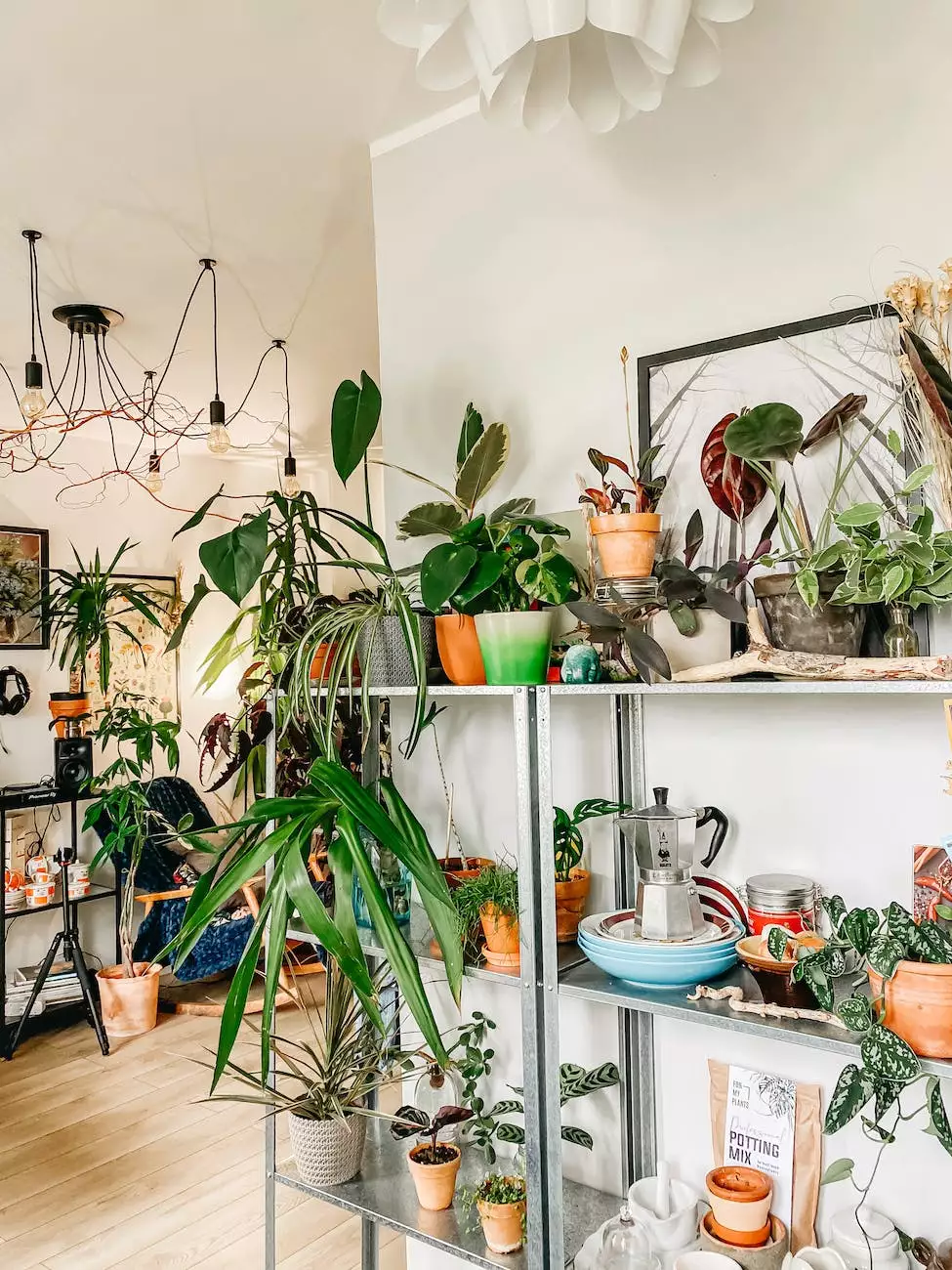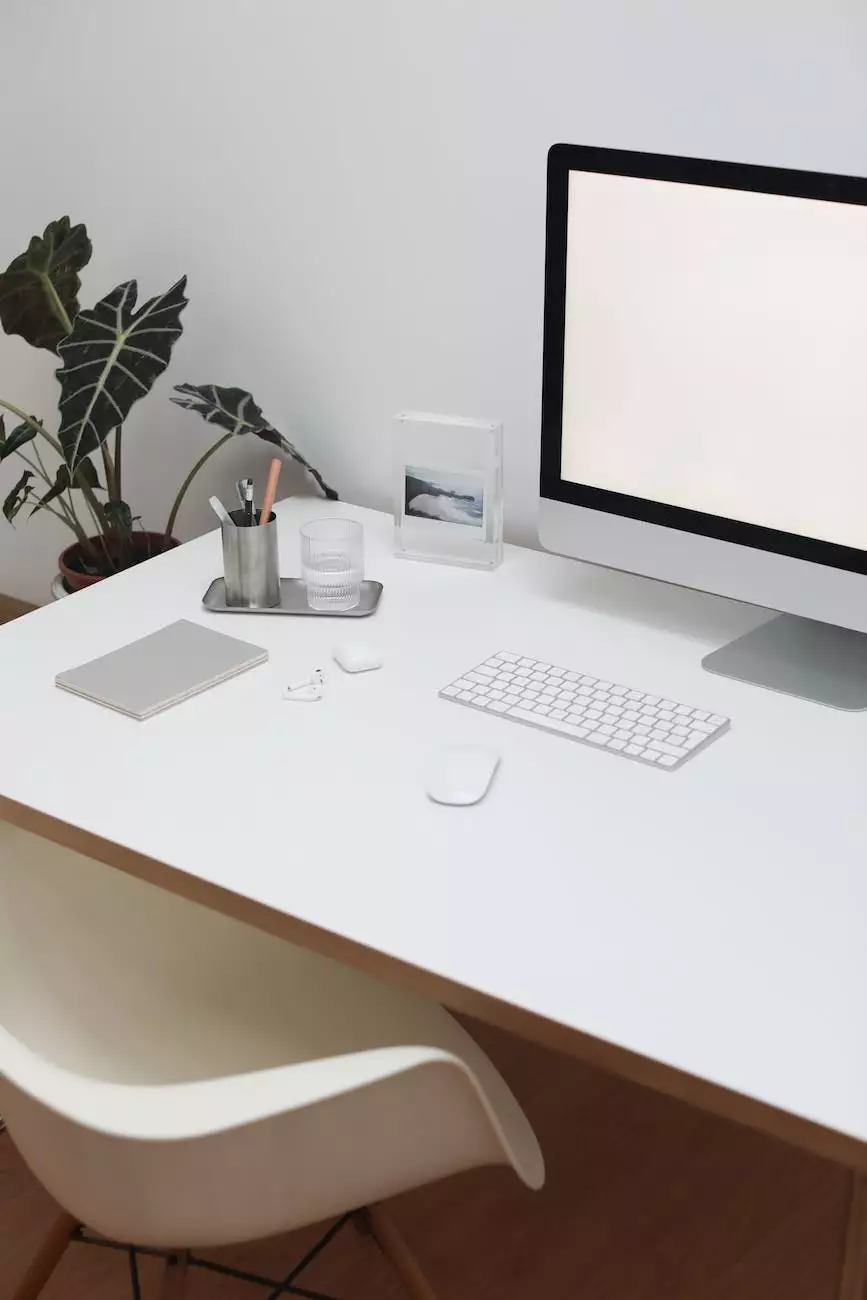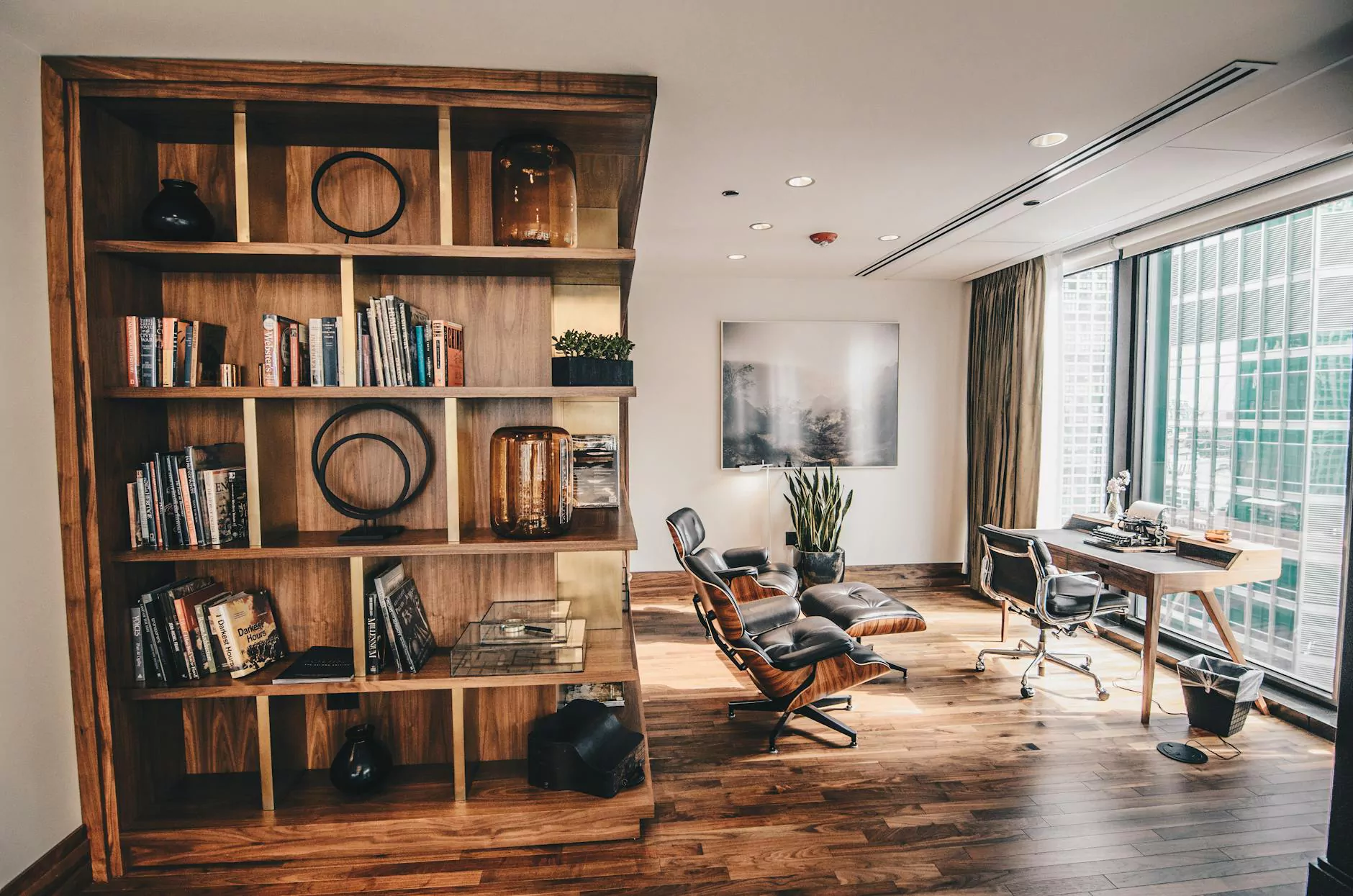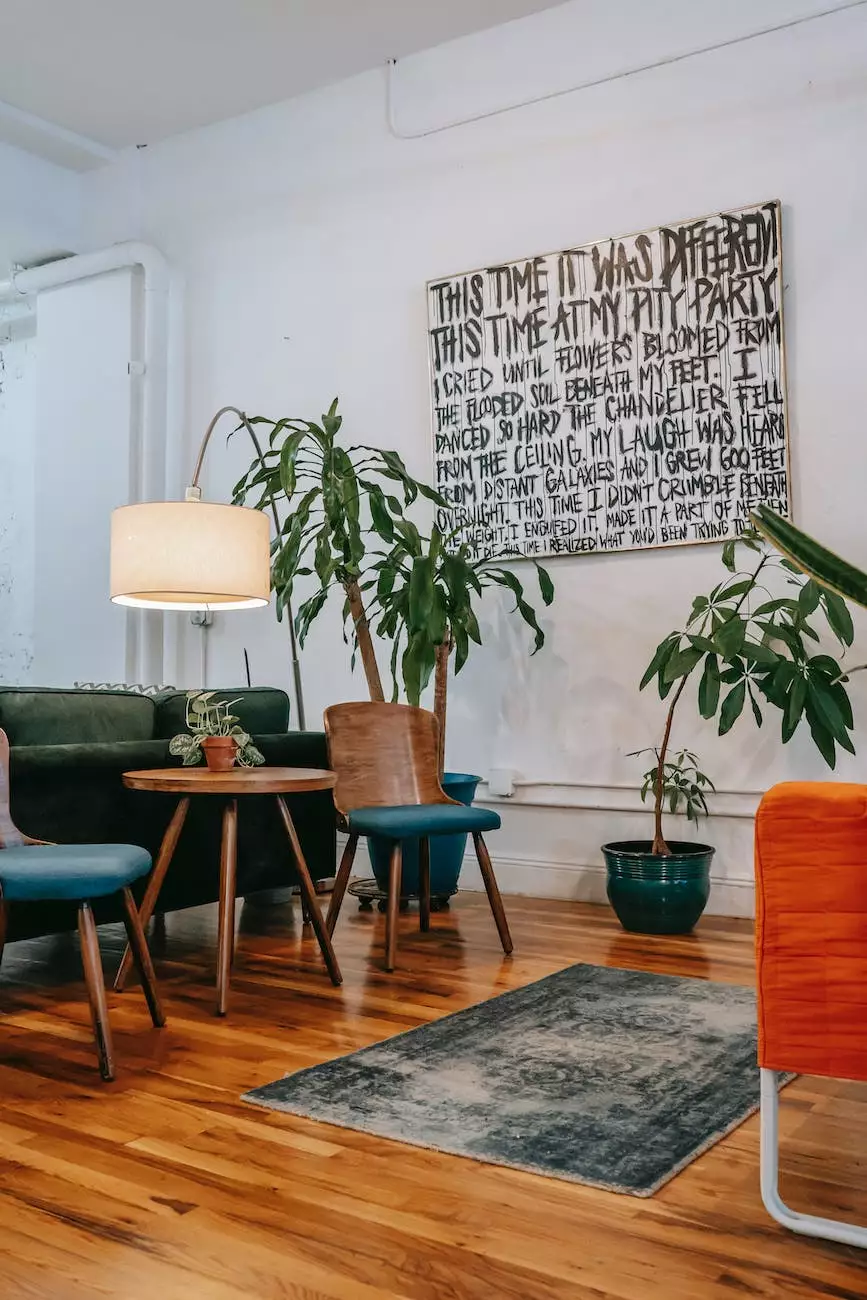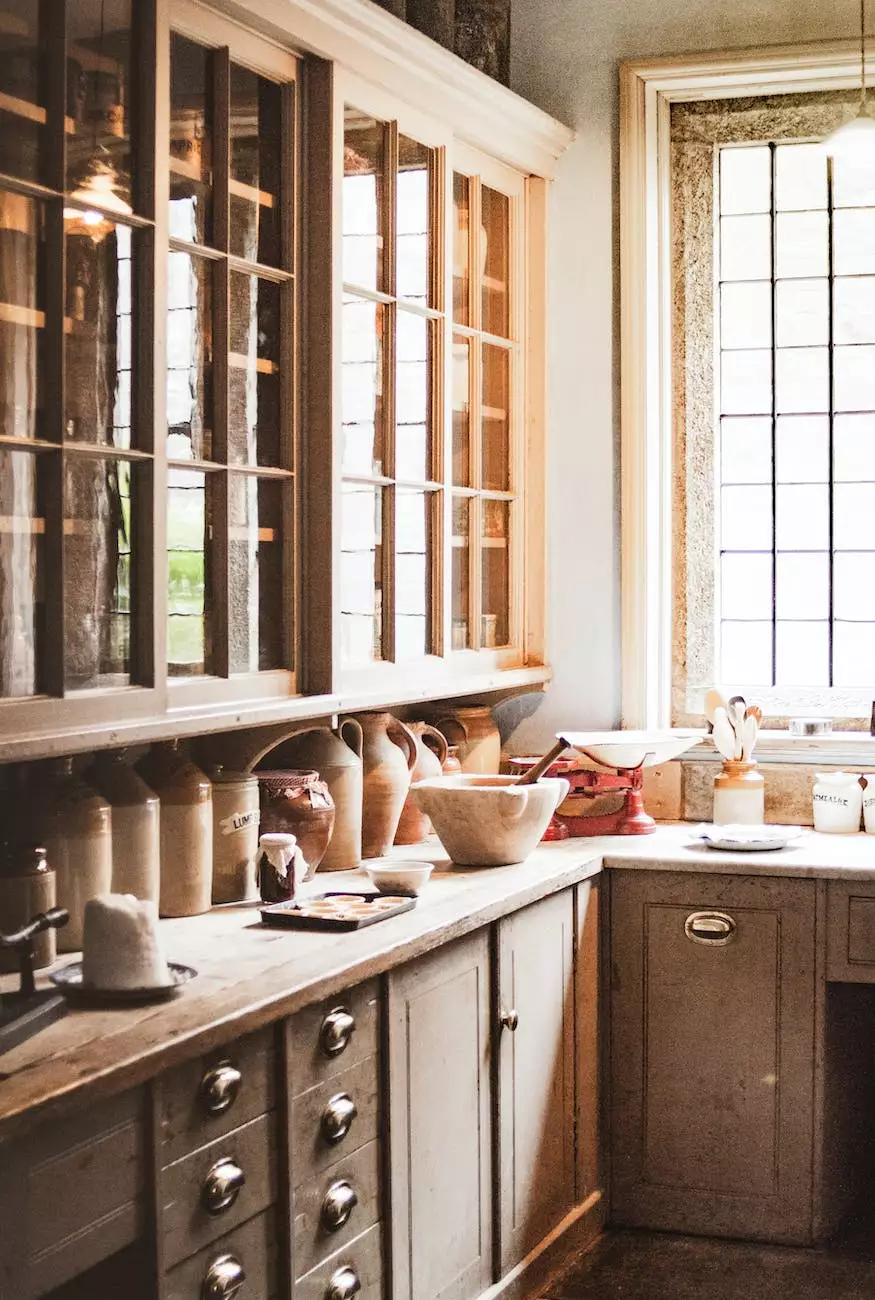Learning from Spaces Designed Specifically for Autism, EBD
Designing Active Environments
Understanding the Importance of Design for Autism and Emotional and Behavioral Disorders
Defined Design recognizes the significance of spaces specifically designed for individuals with Autism and Emotional and Behavioral Disorders (EBD). These individuals often face unique challenges that can greatly impact their daily lives. The design of their surroundings plays a vital role in providing comfort, promoting independence, and enhancing overall well-being.
The Defined Design Difference
As leaders in the field of Home and Garden - Interior Design, Defined Design understands the critical importance of creating environments that cater to the specific needs of individuals with Autism and EBD.
Our team of highly skilled and empathetic designers possess a deep understanding of the sensory sensitivities, emotional triggers, and behavioral patterns that individuals with Autism and EBD may experience. We combine this knowledge with our expertise in interior design principles to create spaces that are both functional and aesthetically pleasing.
Creating Sensory-Friendly Environments
One of the key considerations when designing for individuals with Autism and EBD is to create sensory-friendly environments. Our team meticulously chooses colors, textures, lighting, and materials that promote a sense of calmness and minimize sensory overload.
Wall colors are selected based on research-backed information, taking into account the impact of different hues on mood and emotional well-being. Soft, natural tones are often preferred to create a soothing atmosphere. Furthermore, we pay close attention to lighting, opting for gentle and diffused sources to reduce glare and create a comfortable ambiance.
Our use of materials also contributes to a sensory-friendly environment. We carefully select fabrics, furniture, and surfaces that are soft to the touch and free from harsh chemicals or toxins. This attention to detail ensures that individuals with Autism and EBD can engage with their surroundings without discomfort or distress.
Promoting Independence and Safety
Defined Design understands that fostering independence and ensuring safety are crucial when designing for individuals with Autism and EBD. Our team considers the specific needs of each individual, tailoring spaces to support their autonomy and well-being.
Functional design elements, such as wide doorways, accessible furniture arrangements, and easily navigable floor plans, are incorporated to promote ease of movement. Clear pathways and ample storage solutions prevent clutter and create a structured environment, reducing potential anxiety triggers.
We also focus on enhancing safety within the designed spaces. Use of non-slip flooring, rounded edges on furniture, removal of sharp objects, and strategic placement of electrical outlets are just a few measures we take to prevent accidents and ensure a secure environment.
Consideration for Sensory Retreat Areas
Individuals with Autism and EBD often benefit from having access to designated sensory retreat areas within their living spaces. These spaces serve as sanctuaries, offering solitude and the opportunity to self-regulate during moments of sensory overload or emotional distress.
Defined Design meticulously plans and designs these retreat areas, taking into account the unique needs and preferences of the individuals. Soft, comfortable seating, soothing colors, adjustable lighting, and calming sensory elements such as sound machines or essential oil diffusers are incorporated to create a peaceful and rejuvenating space.
Collaborating with Experts in the Field
At Defined Design, we believe in the power of collaboration. We actively seek input from professionals, therapists, and caregivers who specialize in supporting individuals with Autism and EBD. By working closely with these experts, we ensure our design solutions align with the evolving needs and best practices in the field.
This collaborative approach allows us to incorporate evidence-based design principles that have a positive impact on the lives of individuals with Autism and EBD. Our thorough understanding of the latest research and trends enables us to stay at the forefront of designing spaces that truly cater to their unique requirements.
Creating Life-Enhancing Spaces
Defined Design is passionate about creating life-enhancing spaces for individuals with Autism and EBD. We understand that the careful design of their home environment can positively influence their quality of life, self-expression, and overall well-being.
Our holistic approach combines innovative design concepts, thoughtful attention to sensory details, and expert collaboration to create spaces that not only meet functional requirements but also inspire, empower, and instill a sense of belonging.
Contact Defined Design Today
If you are seeking a design partner with extensive expertise in creating spaces specifically for individuals with Autism and EBD, look no further than Defined Design. Contact us today to discuss how we can transform your home into a space that embraces individuality, fosters well-being, and celebrates inclusivity.

